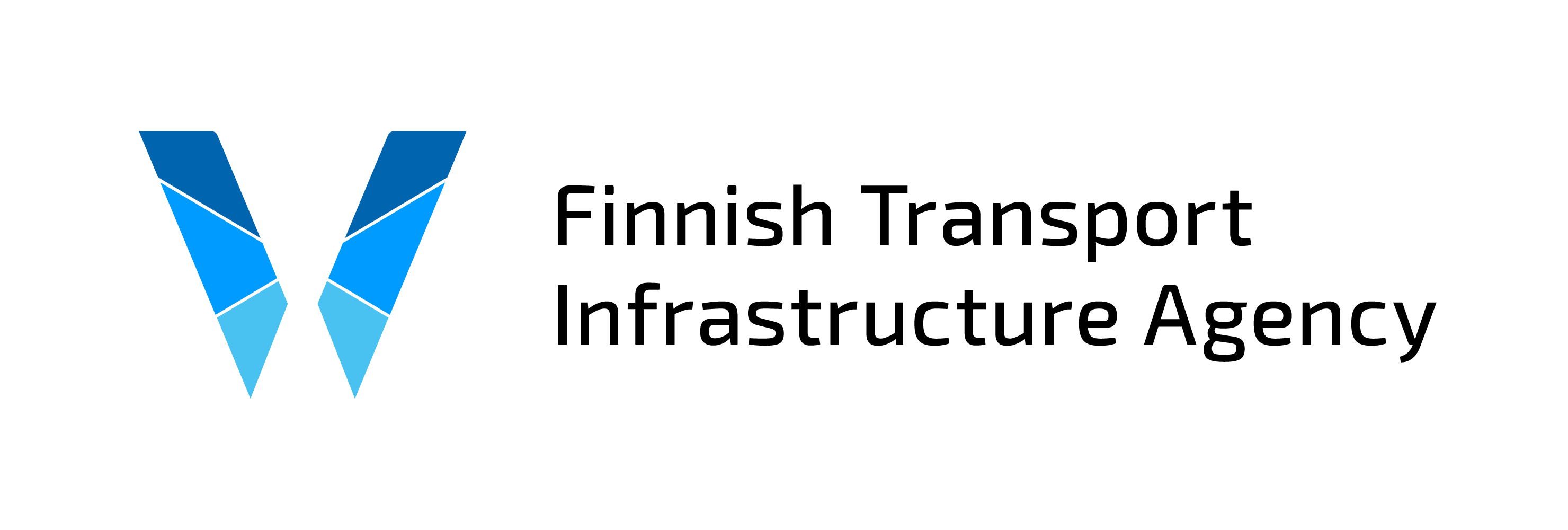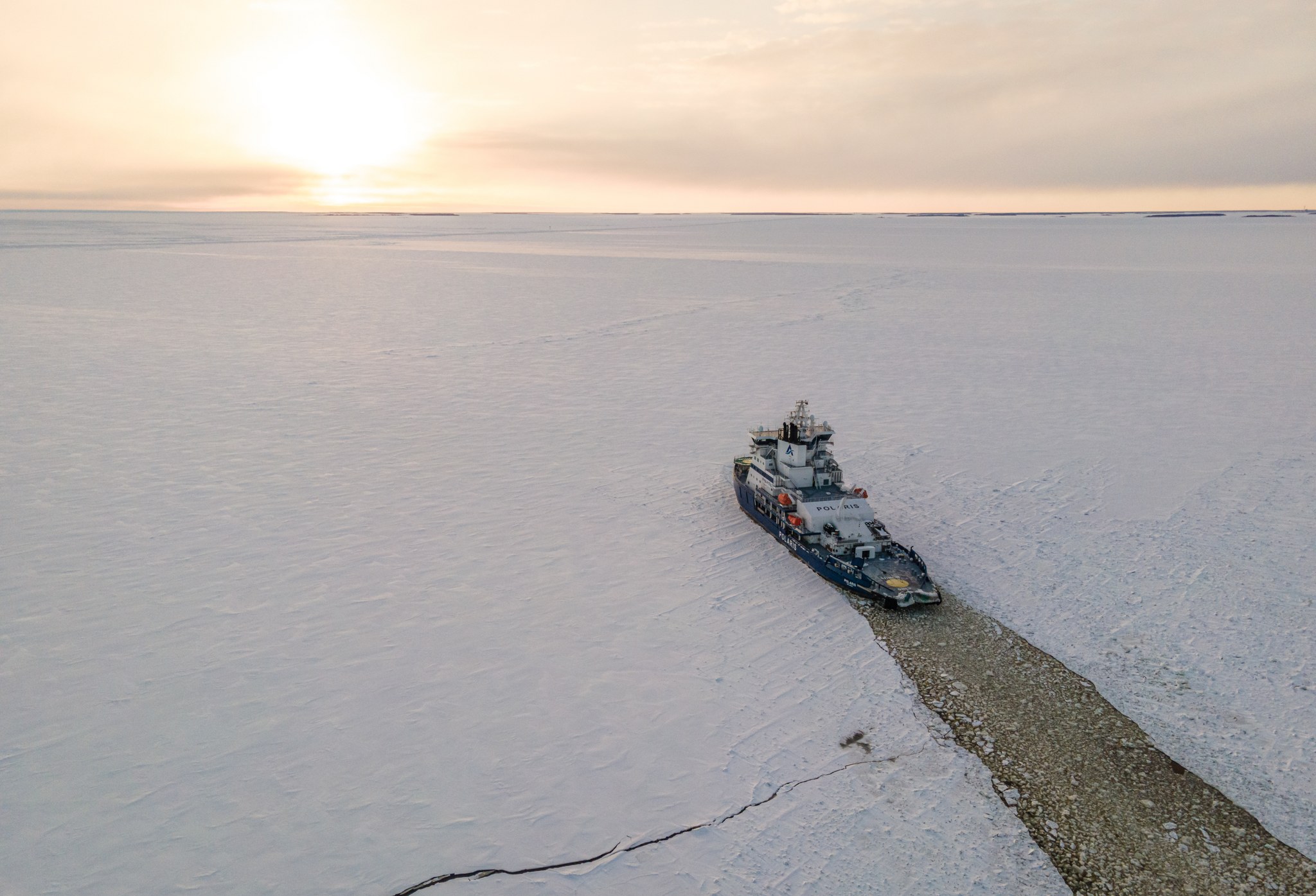The icebreaking cooperation group, launched last winter, is currently conducting an extensive study for establishing a vision of the icebreaking capacity required by Finland and Sweden and ensuring that the next generation of icebreakers are built in a sensible and coordinated manner.
“It makes sense for both countries to invest in equipment that best suits the entire shared marine area”, says Elisa Mikkolainen, Director of the Waterways Department at the Finnish Transport Infrastructure Agency.
The study is mapping out the development of ports and traffic flows and conducting interviews with business representatives and authorities to generate a common understanding of the service level of icebreaking over several decades to come. The lifecycle of icebreakers is about 50 years, so planning has to look far into the future.
The summer season also includes developing a joint operational IBNet system for monitoring and controlling the operations of the icebreaker fleet – its public version baltice.org is available to the general public. Winter navigation guidelines are also being updated.
There is also much activity on the project front: for example, the WINMOS 3 and 4 projects are progressing with the participation of both Finland and Sweden.
Operational cooperation during the winter season
During the icebreaking season, operational cooperation is intensified. At the beginning of the season, both sides agree on shared rules and ensure that procedures are up to date. The countries cooperate to make decisions on the mobilisation of the first icebreakers and setting assistance restrictions. The Finnish Meteorological Institute and the SMHI in Sweden are jointly responsible for ice forecasts during the winter.
The treaty between Finland and Sweden defines the service level: the maximum waiting time for vessels is 4 hours, and at least 90% of vessels pass through without waiting. The situation is monitored daily and assistance is requested from the neighbour’s icebreakers if necessary. At the end of the season, both sides calculate how much assistance was provided and received, and costs are adjusted accordingly. This enables an overall cost-effective solution that benefits both countries.
The winds in the Bay of Bothnia usually push ice to the bottom of the bay on the Finnish side, creating a temporary need for assistance from Swedish icebreakers in Finnish territory. Of course, the same is done the other way round if the ice gets packed on the Swedish side.
“The fact that the icebreakers can operate flexibly across the border is at the heart of the whole system. With the procedures agreed in advance, assistance can be provided without extra bureaucracy. This kind of cooperation is unique in maritime operations globally”, says Helena Orädd, Head of the Maritime Unit.
Icebreaking equipment in the future
The icebreaker fleets in Finland and Sweden are currently very similar – Urho and Sisu in Finland are the same series as the three sister vessels in Sweden. Joint planning includes reflecting on what kind of icebreakers should be built next: large and sturdy ones or smaller and more agile ones. Sweden is currently slightly ahead of Finland in the competitive tendering and construction of new icebreakers.
Connection also to Estonia
Although there is no similar treaty with Estonia as with Sweden, there is still ongoing dialogue. In the future, opportunities for cooperation may expand if Estonia decides to invest more in their icebreaking equipment.

